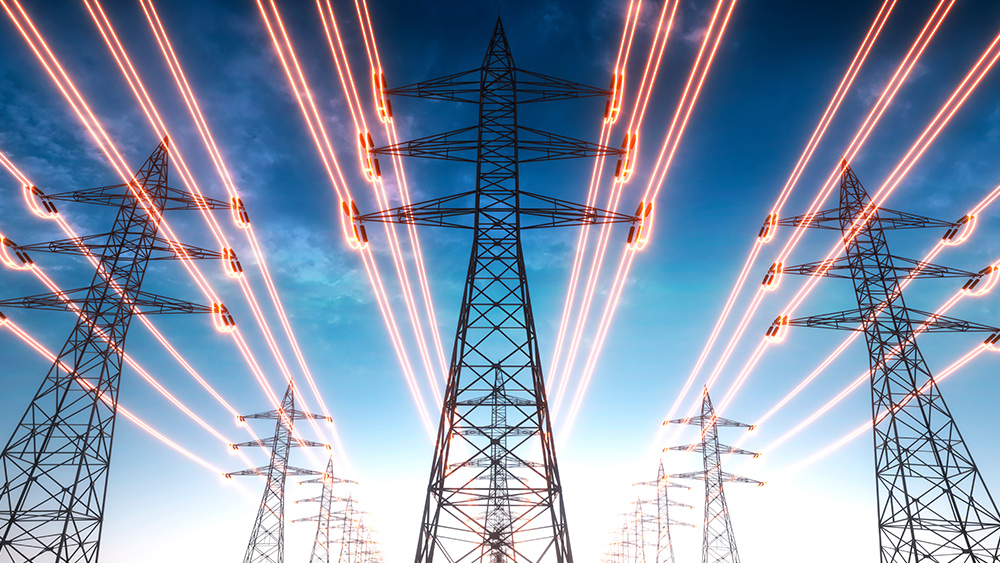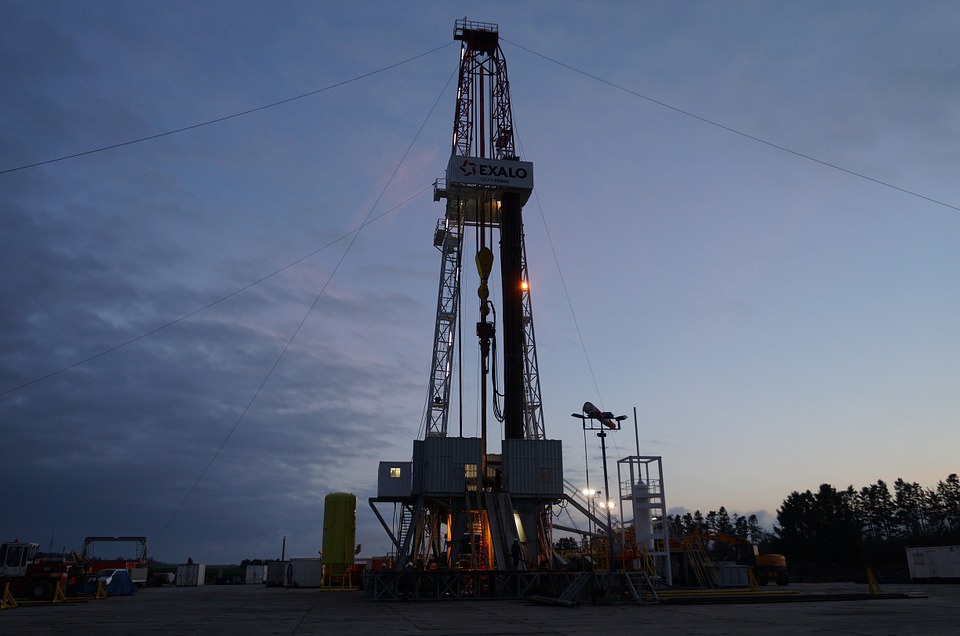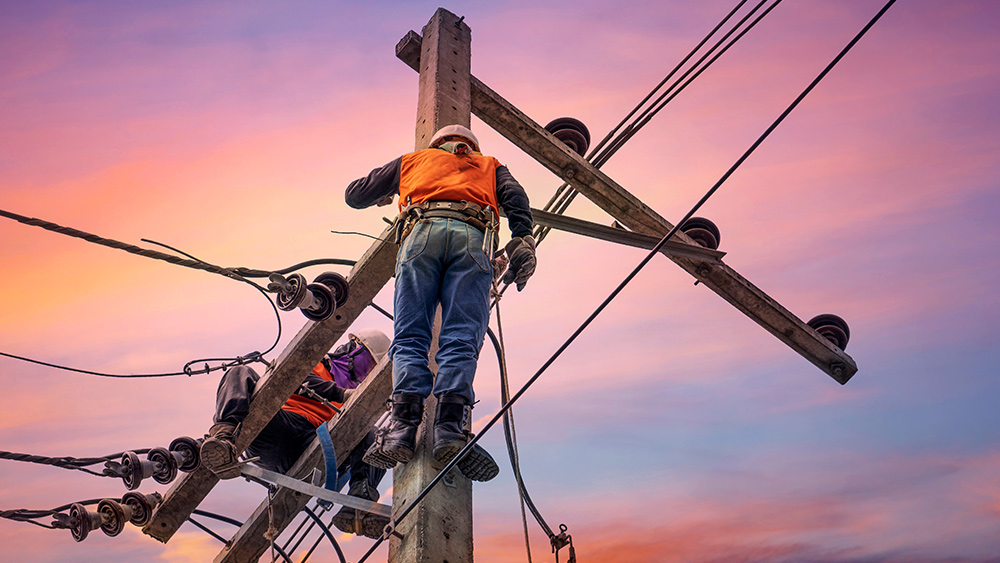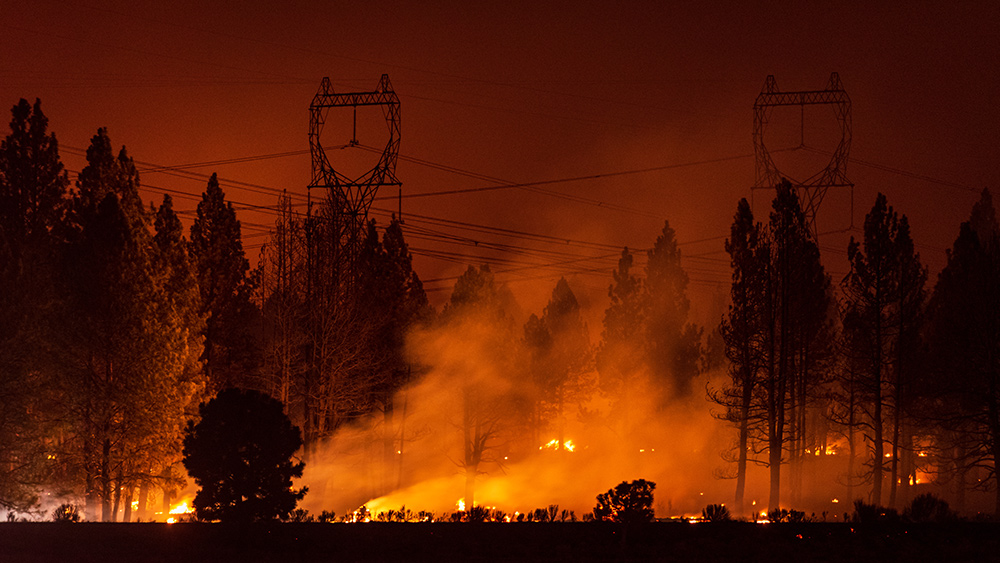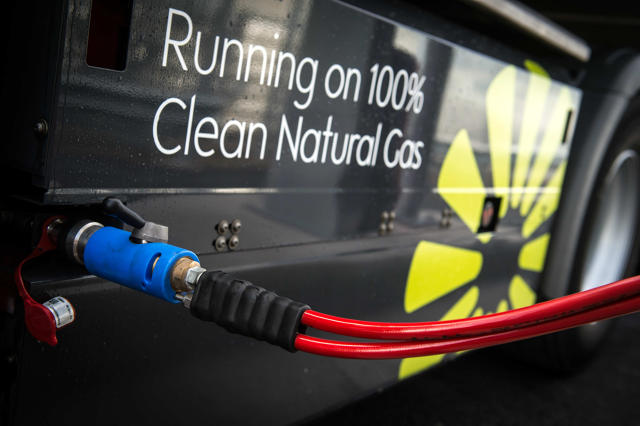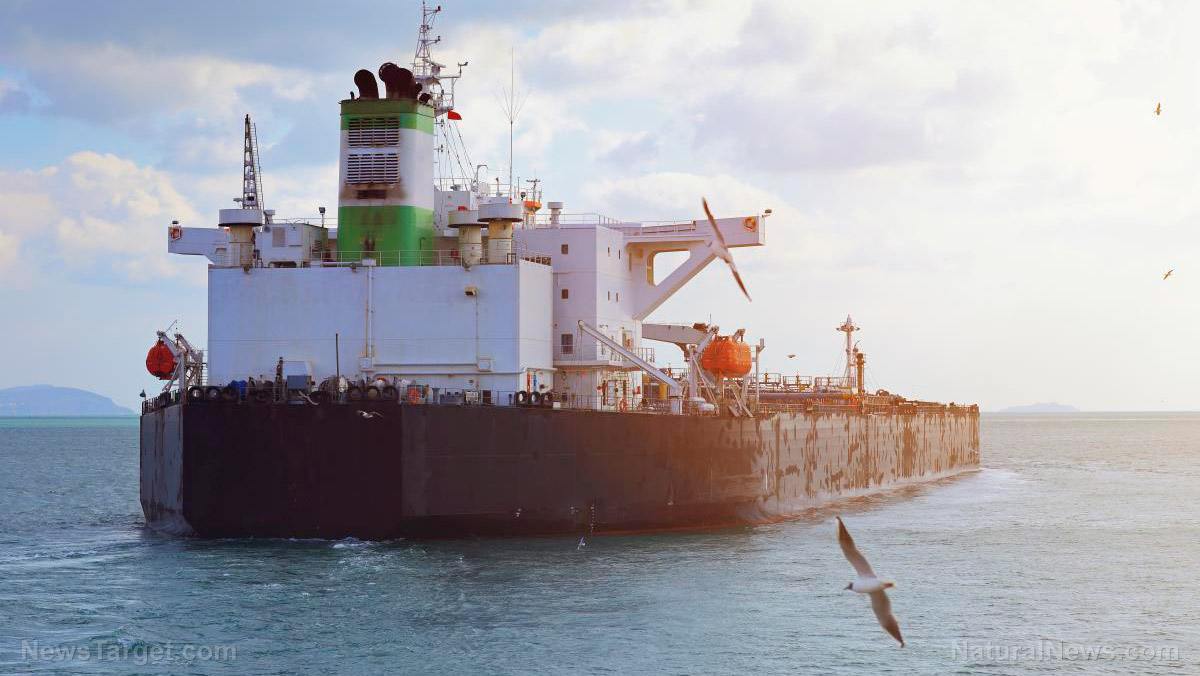Noise pollution from offshore wind turbines could lead to the EXTINCTION OF WHALES
02/29/2024 / By Olivia Cook

For years, the government has insisted that the increase in whale, dolphin and cetacean deaths off the East Coast has no relationship to the high decibel pile driving from the construction and operation of large industrial wind turbines and boat activity in areas that have previously been undisturbed.
On Feb. 18, 2022, National Oceanic and Atmospheric Administration (NOAA) Fisheries, also referred to as the National Marine Fisheries Service, released a story entitled “A Whale’s World of Sound” which described how “sound” is critical to the health and well-being of cetaceans – whales, dolphins and porpoises – and other marine species. (Related: Renewable energy wind turbines are KILLING WHALES, documentary proves.)
For whales, exposure to “noises” can cause immediate effects, such as behavioral disruption and impacts on hearing. They can also result in longer-term effects, such as increased stress.
Increasingly background noise, notably in areas of persistent and heavy use, reduces their “listening and communication” spaces – making it more difficult for cetaceans to communicate, navigate and hear critical sounds from predators and prey.
For humans, health authorities have admitted that the “wind turbine syndrome” is real. Living too close to wind turbines can cause heart disease, migraines, panic attacks, sleep deprivation tinnitus and vertigo, among others, according to research done by New York pediatrician and psychiatrist Dr. Nina Pierpont. (Related: Wind farms pose health risks to local residents, but governments around the world don’t care.)
According to the Dolphin Research Center, there are 16 species of whales and dolphins considered to be in danger of extinction or vulnerable despite decades of protection.
The North Atlantic right whale has been identified as the most critically endangered large whale in the world.
On Monday, Oct. 23, 2023, the North Atlantic Right Whale Consortium announced that the North Atlantic right whale population estimate for 2022 was 356 individuals – a downward trajectory from the 2021 estimate that was recalculated as 364, primarily due to 18 calves born in 2021.
Consortium Chair Dr. Scott Kraus said: “We continue to injure and kill these whales at alarming rates, such that they cannot carry out basic biological functions like growth and reproduction. While the absolute population numbers are important, other indicators are discouraging. Until we implement strategies that eliminate injuries and deaths and promote right whale health, this species will continue to struggle.”
In a press release, New England Aquarium’s Anderson Cabot Center senior scientist and Consortium identification database curator Philip Hamilton said: “We can’t just focus on [detected] bodies. We must also reduce all injuries that harm this species if they are to turn the corner.”
Whistleblower speaks out
A few months later, on Nov. 3, 2022, a letter surfaced, authored by NOAA’s own Chief of Endangered Species, Dr. Sean Hayes, who bravely sounded the alarm – noting that not only the construction but the operation of wind turbines could drive whales, among other cetaceans, to extinction.
Risking his career and reputation, Hayes indicated that since May 2022, the Bureau of Ocean Energy Management (BOEM) and NOAA Fisheries have been aware of these. yet “these agencies have failed to put in place any meaningful measure to protect these endangered species from extinction.”
He pointed out that recent data collection has found the whales were increasingly relying on the southern Massachusetts wind lease area as a last refuge for foraging and raising their young – the very same area that has been “approved by the federal government for industrialization by offshore wind companies.”
On Thursday, Feb. 1, a press release from BOEM listed several renewable energy efforts underway offshore Massachusetts, including commercial wind leases offshore Massachusetts and Rhode Island.
Hayes said that “NOAA must issue an Incidental Harassment Authorization (IHA) when a federally listed marine mammal may be harmed.”
He stressed: “The presence of wind turbines would disrupt the dense populations of zooplankton that right whales rely on for food. The wind lease areas are the only known winter foraging areas for right whales. Unlike vessel traffic and noise, which can be mitigated to some extent, oceanographic impacts from installed and operating turbines cannot be mitigated for the 30-year lifespan of the project unless they are decommissioned.”
New Bedford Light reported that a lawyer from the Conservation Law Foundation – an organization that is reportedly “strongly supportive of offshore wind,” acknowledged that the area slated for wind development was “poorly surveyed” for right whales before the sale of at least 1,400 square miles of federal waters to foreign wind energy companies by the permitting agencies.
Watch the following video about how sonar and 5G frequencies are killing whales and other sea life.
This video is from the Truth and Consequences channel on Brighteon.com.
More related stories:
New documentary “proves” building offshore wind farms does kill whales.
Whales had sonar 32 million years before the U.S. Navy.
Sources include:
Submit a correction >>
Tagged Under:
animals, big government, cetaceans, collapse, Dangerous, Ecology, energy supply, environment, extinction, green living, Green New Deal, green tyranny, insanity, marine animals, ocean health, power, power grid, real investigations, truth, wildlife, Wind Turbines
This article may contain statements that reflect the opinion of the author
RECENT NEWS & ARTICLES
NewEnergyReport.com is a fact-based public education website published by New Energy Report Features, LLC.
All content copyright © 2018 by New Energy Report Features, LLC.
Contact Us with Tips or Corrections
All trademarks, registered trademarks and servicemarks mentioned on this site are the property of their respective owners.






